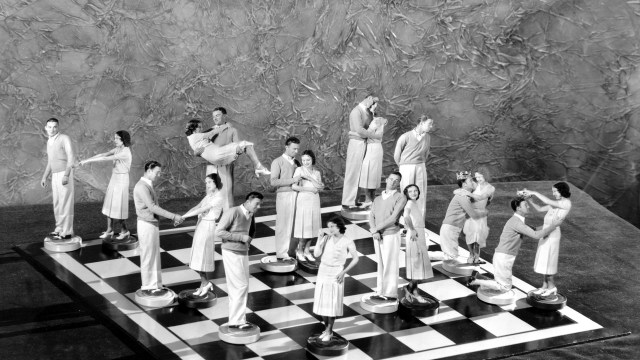The weirdness behind quantum supremacy

According to last week’s news, the world took a giant step into the brave new world of quantum computing.
Researchers at Google announced that a machine at their labs had crossed the much-heralded milestone known as quantumsupremacy. The announcement made headlines in pretty much every news outlet I came across.
Given that much coverage, I thought now would be a good time to think about which parts of quantum mechanics are involved with quantum computing.
“Quantum supremacy” is a term invented by the famous quantum physicist John Preskill in a 2012 paper. The idea he was trying to express was the moment when a quantum computer could do a calculation which a normal (or “classical”) computer could not. In practice, this means building a quantum computer that can compute something (like a random number) in a time much shorter than a classical computer could achieve. The idea is that there will be tasks which even a solar system–sized classical computer would take a billion years to finish—but a quantum machine could finish in a millisecond. That, in principle, is the kind of transition which happened last week at Google labs.
So, what’s going on that lets quantum computers do things that the kind of machine you’re reading this on now can’t? The answer turns on two particular aspects of quantum mechanics that pretty much stomp our commonsense ideas about the world into the ground.
The first aspect is what’s called superposition. In classical physics (and common-sense experience), things have definite properties. Take location, for example. I am either in the bedroom or I am not. How about speed? I am either traveling at 60 miles an hour or I’m not. Now perhaps there might be some slop associated with your measurements, so that you might not be able to tell if I’m traveling 60 miles an hour or 58 miles an hour. That’s just a detail, however. Whatever its actual value might be, most of us are sure that there is a real and definite speed that I’m traveling. But in quantum physics, this is not the case.
Before a measurement of some property—of, say, an electron—is made, quantum physics tells us it will be in a superposition of “states” for that property. Using the example of location again, before a measurement is made, the electron will be in the bedroom and in the kitchen and upstairs and in the family room of the house down the street—in all of these places at the same time. Physicists say the locations are “superposed”—that the electron doesn’t have just one value of a property, but has many at once.
Wait, It gets even weirder
The second kind of weirdness at the heart of quantum computing is what’s called entanglement. Normally we imagine that two objects that are widely separated can’t instantaneously affect each other. A ringing alarm clock in Singapore shouldn’t wake a sleeping dog in Denver. If the objects are so far apart that a light signal (the fastest signal possible) can’t make it between them in the time they are affecting each other, then such an effect is physically impossible.
But in quantum mechanics, particles can be “entangled.” If you entangle two electrons and move them to opposite sides of the solar system, an operation (i.e., a measurement) made on one of the pair will instantly change the state of the other. Entanglement means that, in a very real sense, the two electrons represent a kind of whole that a separation does not disturb. It’s like those stories of identical twins who can magically feel each other’s pain even if they are continents apart. In this case, however, it’s not magic, it’s quantum mechanics. (And no, you can’t use entanglement to send signals faster than light speed. Sorry.)
So, if superposition and entanglement seem really weird to you, that’s good. They are weird to us physicists. And if you want to know what’s really going in terms of how the world is built such that superposition and entanglement are possible, well then that’s good too, because most of us physicists want to know that as well. Mostly we’re clueless, though, which would lead to a whole discussion about quantum interpretations . . . which we’ll forgo for now.
The final question, of course, is how does any of this lead to quantum computers being supreme in terms of, you know, computing? The answer is actually simple. A classical computer is built on manipulating information in the form of bits, each of which can be 1 or 0. But a quantum computer uses qubits, which are superpositions of bits. That means a qubit is both 1 and 0 at the same time (until a measurement is made on it). That’s twice as much information in a single “unit” of computation. But that doubling is just the beginning. I can entangle qubits. That means if I have 2 qubits, I get 2×2 more information. If I have 5 qubits that increase goes up to 2x2x2x2x2 or 2[5] = 32. With just 50 entangled qubits, the information I’m working with goes up about a thousand billion times above what’s available with 50 classical bits. See? That’s pretty supreme supremacy.
The trick is getting anything done with those qbits since they are notoriously sensitive and tend to kind of fall apart at the slightest nudge. But that’s is another story which will have to wait for another day.
The post The Weirdness Behind Quantum Supremacy appeared first on ORBITER.





